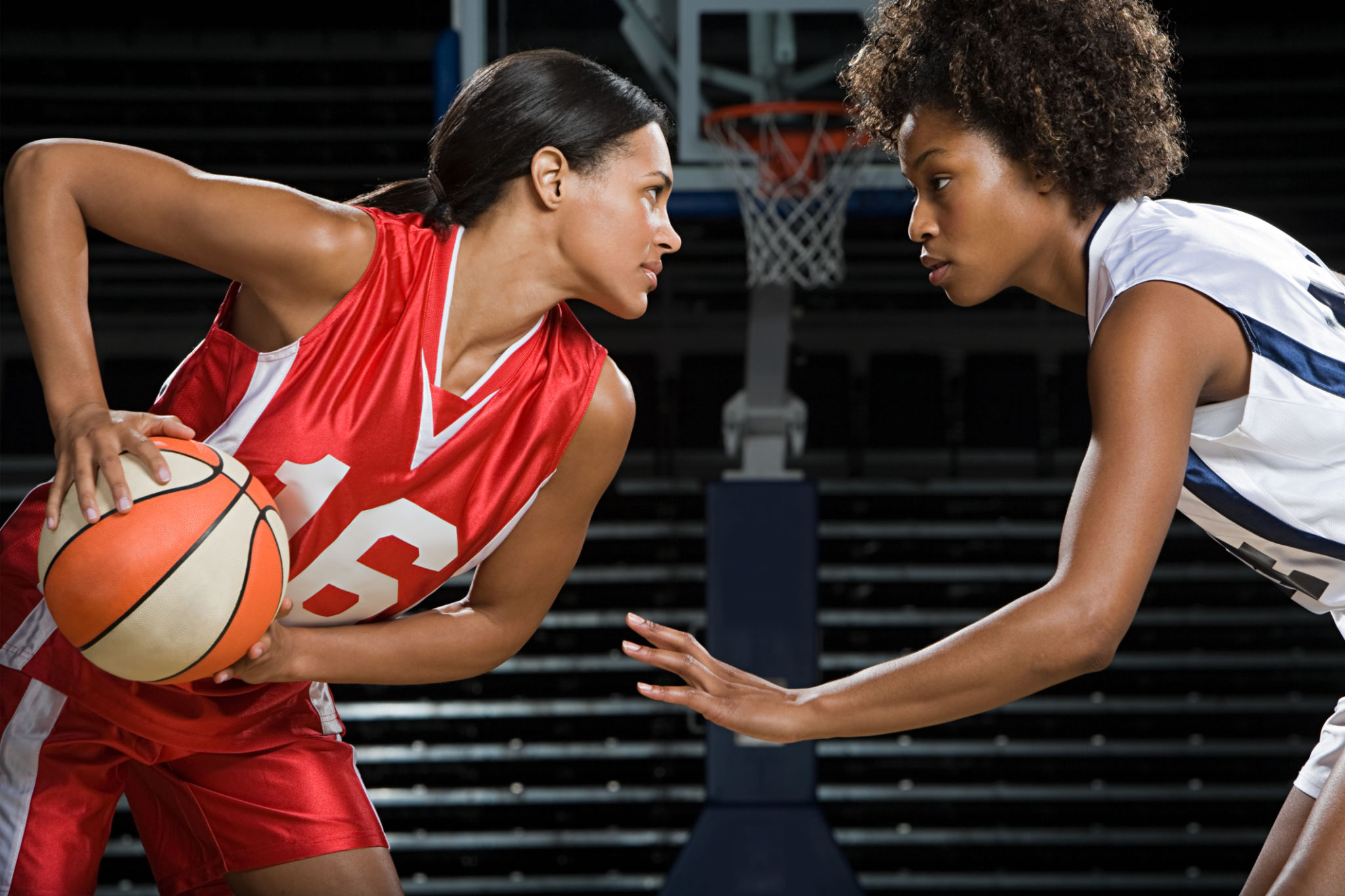Comparing Sports Surface Materials: What Works Best for Your Facility?
Understanding Different Sports Surface Materials
Choosing the right surface material for your sports facility is crucial. It affects not only the performance of athletes but also their safety and the maintenance costs of the facility. With numerous options available, making an informed decision can be challenging. This guide will explore various sports surface materials to help you determine what works best for your facility.

Natural Grass
Natural grass has been a traditional choice for many outdoor sports facilities. Its aesthetic appeal and environmental benefits make it a popular option. However, maintaining a natural grass field requires regular watering, mowing, and fertilization, which can be costly and labor-intensive.
One of the significant advantages of natural grass is its ability to reduce injuries by providing a softer landing surface. However, playability can be affected by weather conditions, with heavy rain leading to muddy and uneven surfaces.
Synthetic Turf
Synthetic turf is a versatile option that has gained popularity due to its durability and low maintenance requirements. It offers a consistent playing surface and can withstand heavy usage without significant wear and tear. This makes it ideal for multi-sport facilities.
While synthetic turf is more expensive to install initially, the reduced maintenance costs over time can make it a cost-effective choice. It's important to choose high-quality turf to ensure player safety, as lower quality options can increase the risk of injuries due to their harder surface.

Hard Court Surfaces
Hard court surfaces, such as asphalt or concrete, are commonly used for sports like tennis and basketball. These surfaces are known for their durability and ability to support fast-paced games. They require minimal maintenance compared to natural grass but may cause more strain on athletes' joints.
To enhance player comfort and reduce injury risks, hard courts are often coated with acrylic layers that provide cushioning and improve traction. The color coatings also help in reducing glare and enhancing visibility during play.
Clay Courts
Clay courts are popular in tennis facilities due to their slower playing speed and higher bounce, which can enhance game strategy. They provide excellent traction but require significant maintenance, including regular watering and rolling to maintain a smooth surface.
The soft nature of clay courts can reduce joint stress compared to harder surfaces, making them a favorite among players who prioritize comfort. However, weather conditions such as rain can significantly impact their playability.

Indoor Sports Flooring
For indoor sports facilities, flooring options like wood or modular tiles are popular. Wood flooring is commonly used in gymnasiums for sports like basketball and volleyball due to its excellent shock absorption and traction qualities.
Modular tiles offer versatility and ease of installation, making them suitable for various sports activities. They are designed to withstand high-impact activities and provide good traction, ensuring player safety and performance.
Making the Right Choice for Your Facility
When selecting a sports surface material, consider factors such as the primary sports played, budget constraints, maintenance capabilities, and climate conditions. Each material offers unique benefits and challenges, so it's essential to assess your facility's specific needs before making a decision.
Consulting with industry experts and conducting thorough research can further aid in choosing the most suitable surface material that enhances both the athlete's experience and the facility's longevity.